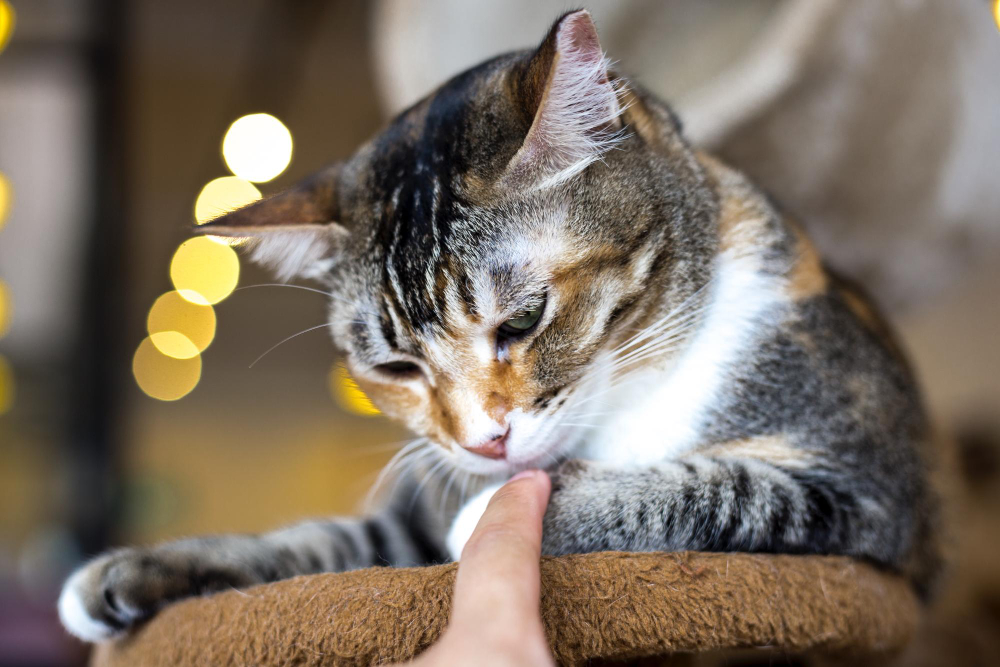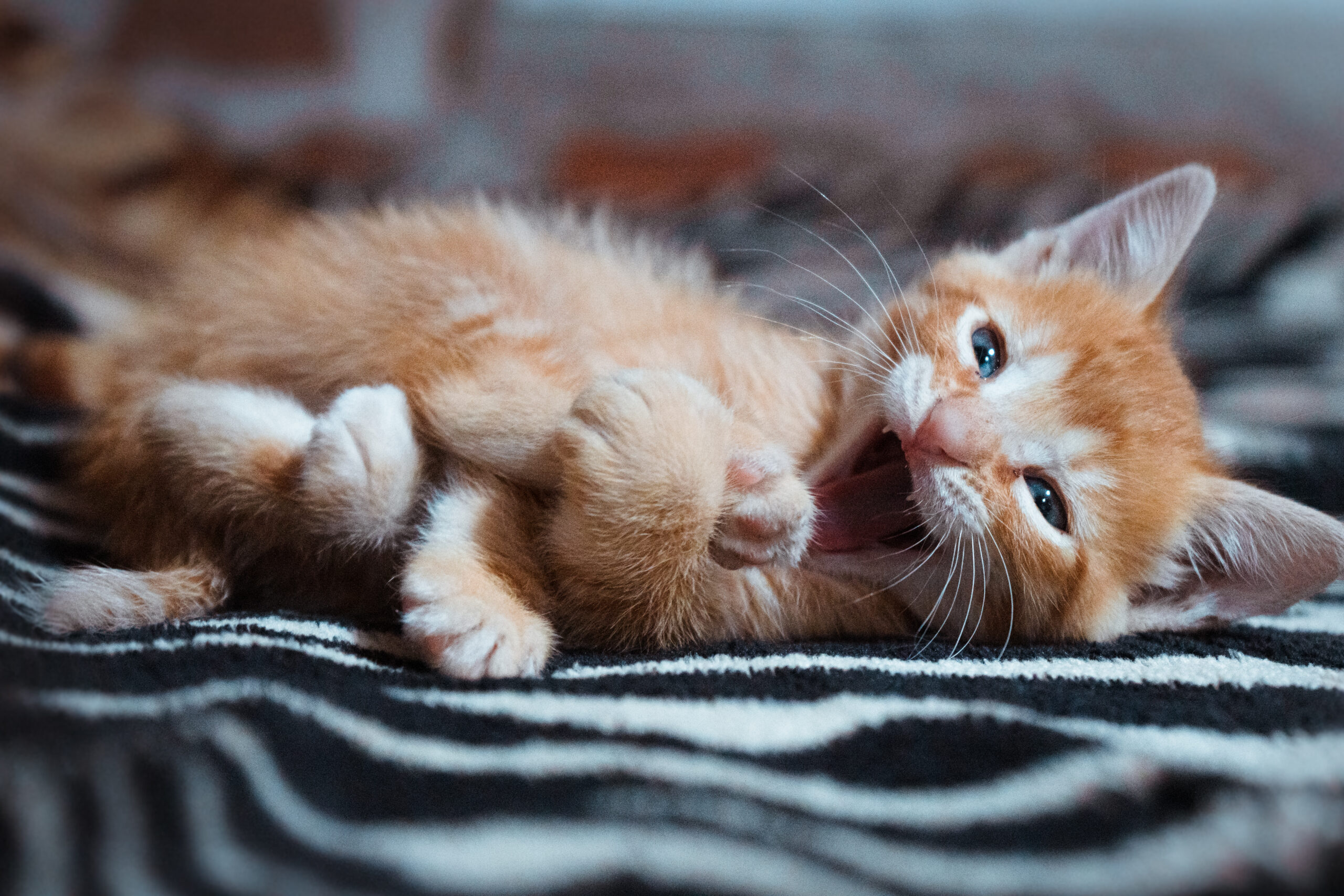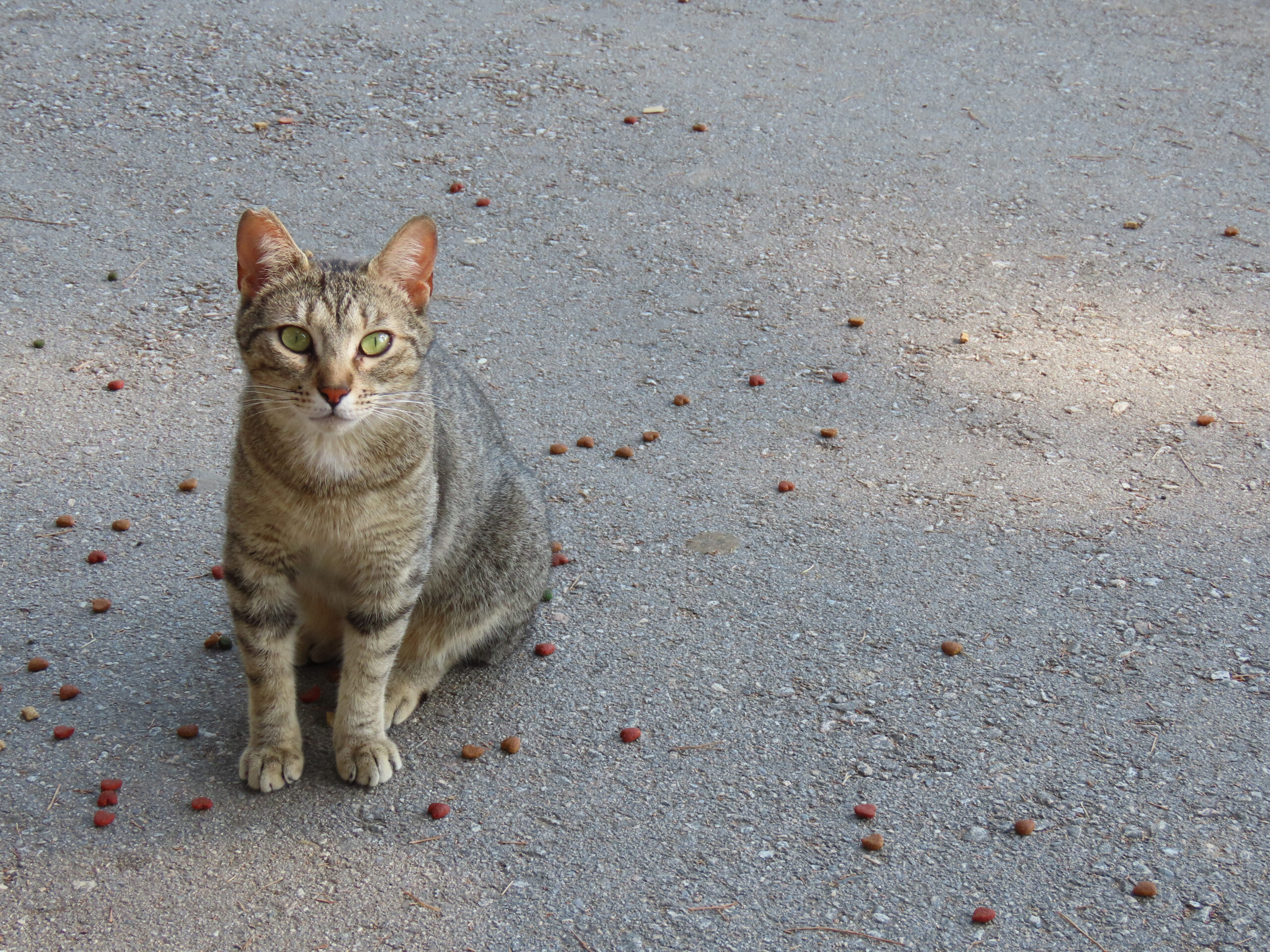Natural disasters hit people hard, but they also slam the animal populations sharing those places. With no warning sirens, stockpiled supplies, or emergency plans, animals stand almost completely unprepared for quakes, floods, fires, or storms. On top of hurting individual animals, events such as earthquakes, tsunamis, hurricanes, volcanic eruptions, and wildfires reshape land and sea, knocking ecosystems off balance.
Earthquakes and Tsunamis: Sudden Shifts in Habitat
Earthquakes arrive in a heartbeat, shaking ground and water, often triggering tsunamis that roar across oceans. The waves crash onto beaches, rolling inland and pulling everything in their path far from home. Small mammals, reptiles, and nesting birds get buried under mud or washed away before help-or even notice-arrives. highlighting the Effects of Natural Disasters On Wildlife , Fish stranded on sand flop helplessly, while deeper-water species face new currents, altered temperatures, and scarce food.
A striking case unfolded in 2016 near Kaikoura, New Zealand, when a strong quake twisted the ocean floor. The sudden shift left seals, dolphins, and coastal plants fighting for survival in a landscape they no longer recognized. Their struggle shows that disaster scars last long after headlines fade, pushing wildlife into a changed world with lasting habitat troubles.
Volcanic Eruptions: Eruptive Force Meets Fragile Ecosystems
Volcanic eruptions unleash torrents of ash, gas, and lava that blanket the landscape and poison the air. Animals living close by face a brutal cocktail of suffocation, burns, and sudden homelessness. Sea creatures get boiled by the scalding runoff, while the heavy ash clouds mix with rain to form acidic showers. During the 2018 Hawaiian eruption, for example, tide pools were buried under grit and a small freshwater lake vanished, wiping out countless local residents.
The flecks of ash themselves are jagged glass shards laced with heavy metals, so wildlife quickly develops coughing fits or grinds its teeth to stubs. Entire neighborhoods disappear, forcing birds, insects, and larger mammals to flee or starve, a shift that sparks fierce competition for whatever food and shelter remain.
Hurricanes and Floods: Storm Surges and Habitat Erosion
Hurricanes deliver walls of wind and rain that uproot trees, mash nests, and drown protective burrows in muddy water. Larger animals are swept away or stranded on debris, while tiny creatures such as rodents, snails, and insects drown or get crushed under driftwood. The flood itself picks up oil, sewage, and farm chemicals, turning rivers and ponds into silent death zones for fish and frogs. Long after the winds die, swollen currents carve out mudslides that seal burrow entrances, trapping survivors in a collapsing refuge.
When a hurricane blows through, the survivors-scavengers, pets, feral cats-can end up hungry fast, because most of their usual meals are either soaked, spoiled, or simply gone. On top of that, the stress and crowding leave open the door to germs and parasites, a problem that lingers long after the wind stops howling.
Wildfires: Flames and Smoke in Fragile Forests
Wildfires wipe out huge numbers of small creatures that cant flee fast enough, leaving charred silence in their place. Sure, the fire itself and the choking smoke do immediate damage, but once the heat dies, the blackened land turns into a maze no animal can read, forcing survivors into the open where predators and drought are waiting.
Birds and bigger mammals may slip away, yet the new landscape offers hardly any berries, grass, or leafy cover, and that shortage sparks fierce competition every day. Scorched lungs, singed fur, swollen eyes, or even blindness pile on the hurt long after the last ember cools. In short, the rage of the flames is rivaled only by the slow, silent changes they scribble across the forest for years to come.
In Conclusion
Natural disasters hit Animal Populations hard and sometimes leave scars that never quite heal. From outright death to long spells of hunger and displacement, storms, fires, and their kin shake animal health, safety, and local ecosystems to their roots. Knowing what follows lets conservationists plan ahead and lessen the damage for species that cannot speak for themselves. Natural disasters put some species at greater risk of extinction
Our App is available on iOS and Android
Discover how the Pawrpose app helps in animal adoption and lost pet recovery and make a difference today.
#AnimalRescue #LostPetAlert #StrayAnimalHelp #Pawrpose #PetRescueApp #AnimalWelfare #PetCommunity #RescueTogether












